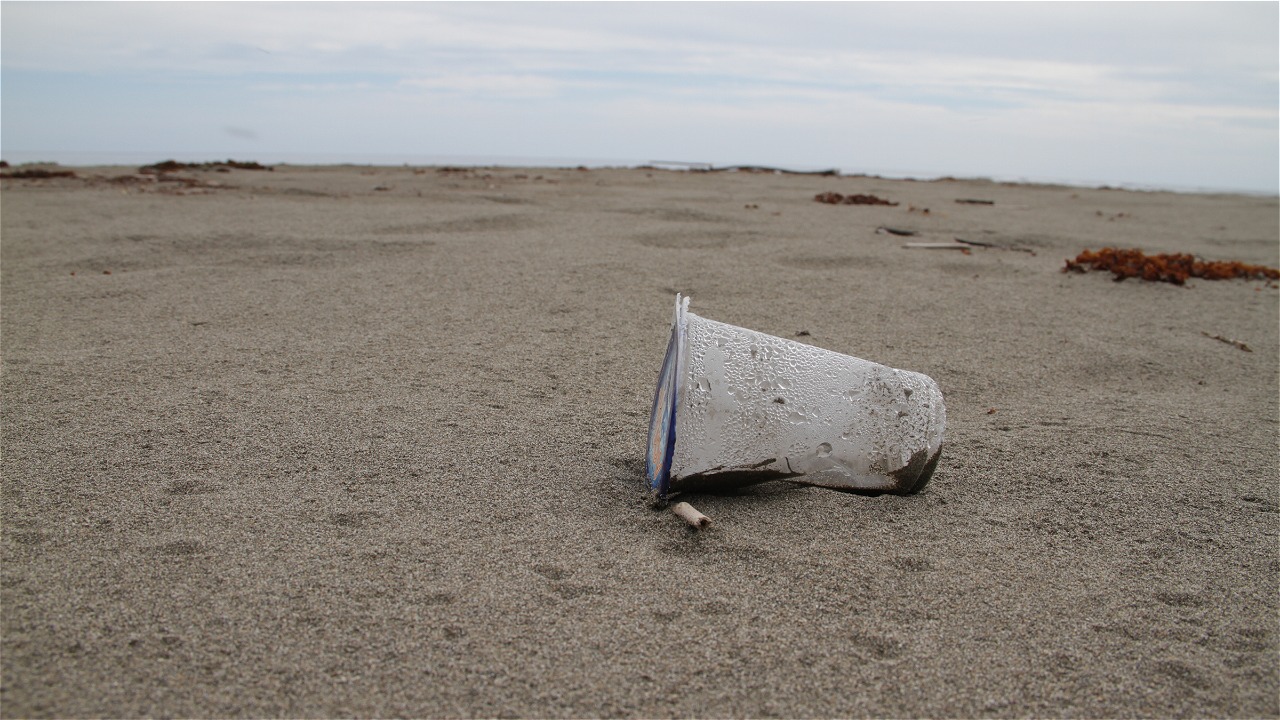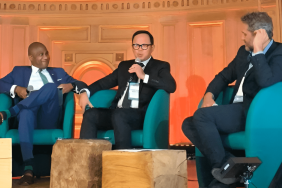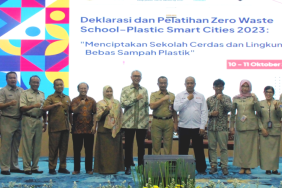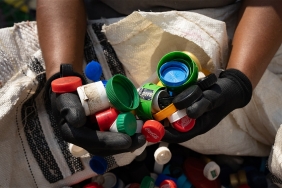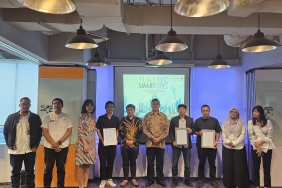CITIZEN SCIENCE NETWORK: PLASTICS DOMINATE THE TRASH FOUND IN 8 LABUAN BAJO BEACHES AND KOMODO NATIONAL PARK
Author: Sus Yanti Kamil (Responsible Marine Tourism Officer, WWF-Indonesia) and Kusnanto (Biodiversity Monitoring, WWF-Indonesia)
Translated by: Novita Eka Syaputri
In Labuan Bajo, the capital city of West Manggarai Regency, East Nusa Tenggara, waste data collection is not something that only marine scientists can do. Nowadays, the citizen can also participate to monitor coastal waste supported by citizen science (citizen science network/CSN).
WWF-Indonesia works with the local government in West Manggarai Regency, Komodo National Park Agency, and environmental activist partners to do the waste data collection with a method from Commonwealth Scientific and Industrial Research Organisation (CSIRO) Australia.
Waste data collection aims to discover the number and the type of the plastic that are being dispersed within the waters of Labuan Bajo and Komodo National Park. The baseline data serve as a recommendation for a better waste management.
Mapping the waste in Labuan Bajo City and inside Komodo National Park
Labuan bajo is the front gate to Komodo National Park, a conservation area which is known worldwide as a tourism icon for its habitat of Komodo dragon (Varanus komodoensis). The diving site within Komodo National Park also starting to gain international reputation because of its underwater beauty. However, plastic waste is now becoming a threat to the tourism sector and biodiversity in the conservation area. In average, Labuan Bajo generates about 112,4 m3 of garbage every single day or around 12,8 tons of garbage per day.
From July to November 2018, citizen science network carried out a waste data collection at several mapping points. There were three beaches in Labuan Bajo, which always busy with tourists, namely Pede Beach (04/06/2018), Kampung Air Beach (04/09/2018), and Waecicu Beach (12/10/2018).
Meanwhile, within the national park area, the waste data collecting was done at Pulau Tempeh Beach (04/11/2018) and Pulau Kambing Beach, which are also used as a docking place for tour boats. The waste data collection was also performed at the residential area, namely Desa Papagarang Beach (03/11/2018) and Desa Komodo Beach (03/11/2018).
Soft plastic dominated the trash—approximately 43,5 percent—found at three beaches in Labuan Bajo which were used as mapping points. The soft plastic comes in a form of food wrapper (39,2%), plastic glass (24,7%), tarpaulin (18,8%), plastic straw (8,7%), and plastic bag (5,6%). Other trash found in the national park area were paper (8,2%), hard plastic (16,1%), foam (10,8%), and some other materials, like rubber, metal, fabric, and rope. This data shows that the majority of the garbage on the coastal area of Komodo National Park and Labuan Bajo is plastic, especially the soft plastic type.
Those garbage in the ocean, 80% comes from land-based sources
The waste data collection result indicates that society uses plastic tremendously. It can be seen from the high consumption of plastic in food packaging, such as cookies, chocolates, and other food and drink containers. Plastic glass/container from drinks are the major contributor to the plastic pollution. The excessive use of plastic bag also contributes to the high number of plastic garbage stranded in coastal and water areas in Komodo National Park and Labuan Bajo. Of course, it cannot be concluded that those plastic garbage solely produce by the coastal communities because they can also come from land—from people who live far away from coastal area.
According to Coordinating Ministry for Maritime Affairs of the Republic of Indonesia, 80% plastic waste in the ocean comes from land-based sources. In Labuan Bajo, for example, garbage that strands in the coastal area are more visible during the rainy season, around December-February. During that time, the garbage makes its way to the river, flows to the coast, and ends up in the ocean.
Interestingly, the waste mapping can be combined with beach clean-ups that are commonly done by various communities these days. To maximize the result, waste data collection should be carried out before the clean-up activity and followed by the sorting process after the event. Therefore, all recyclables can be brought to the recycling centre in Labuan Bajo, such as KSU Sampah Komodo.
Who are the citizen scientists from Komodo?
In Labuan Bajo, waste data collection is a collaborative action amongst various stakeholders, namely West Manggarai Regency’s government, Labuan Bajo’s harbourmaster, PT ASDP Indonesia Ferry, Elbajo Polytechnic, Trash Hero Komodo, KSU Sampah Komodo, West Manggarai’s Regency Police, Manta Watch, and DOCK (Dive Operator Community Komodo). Meanwhile, within the national park area, Komodo National Park Agency works together with the communities inside the national park area on how to collect waste data in their own “house”.
The citizen science network is open to public, businesses or entrepreneurs, and state apparatus to build a collective system of waste data collection as well as to develop an awareness of marine plastic debris issue. At the end, it is aimed to find an effective solution to eradicate plastic garbage in Labuan Bajo and Komodo National Park.

